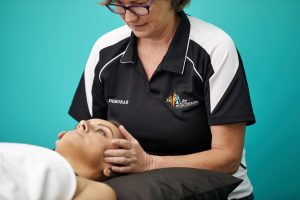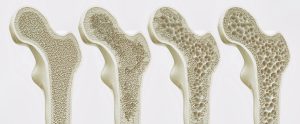Spring in your step – Running into Spring
The easiest way to improve running times, conserve energy and reduce the risk of injury is to assess and work on running technique. Running is a full-body movement. The ground force is taken through the lower limbs, transferred through the spine and momentum is either conserved or wasted through upper body posture.
Firstly, ensure that you have an adequate range of motion to run efficiently, as greater joint mobility is required for running compared to walking. This means tight hip flexors and tight calves can massively impact gait efficiency. Don’t ignore those niggles. Tight hamstrings and shoulders are often due to a lack of thoracic (middle spine) and pelvis rotation.
Posture is a large potential energy waster. The head should remain upright and the middle of the chest upwards and forward facing. Shoulders should remain relaxed (neither braced upward or rounded forwards). The lower back should not be arched. An arched lower back can be indicative of poor lumbopelvic control (weak “core”) or tight hip flexors. It is well worth your time to film your running technique to observe posture.
Increasing stride length is often the go-to way to increase running speed. However, with a longer stride length, more elevation is created to cover this distance. This generation of vertical energy is a waste. More time spent in the air means more time waiting for gravity to bring you back down so you can push off again. Also, with greater elevation comes greater impact when hitting the ground again which can become burdensome for your already hard-working muscles increasing the rate of fatigue and chance of injury.
Instead, a faster-running cadence (number of steps per minute) is a much more economical way to increase speed and distance. On slower runs, elite runners have a cadence of around 80 steps per minute. On fast runs, this cadence increases to 90 step per minute or more. To increase cadence efficiently focus on raising the swinging foot by bending your knee more. This creates a shorter pendulum allowing you to swing your leg through faster allowing for a faster foot strike again. From your own perspective this should feel like you are simply bringing your foot vertically towards your buttocks and then momentum will do the rest.
Shoes with a thicker heel are designed for walking as it encourages heel contact. Heel contact means a longer time for your ankle and midfoot to rock over and eventually push off from the toes again. This is good for stability and comfort when walking, not so much for efficient running. Selecting a good shoe is dependent on other factors such as weight, height and the arch of your foot. Some people require a larger heel to cushion force. The foot also naturally flattens during running and walking, but excessive flattening can alter how load is transferred through the ankle. Speak to a qualified shoe salesperson or your health professional about the best shoe for your running goals.
If you are heel striking whilst running, it is worth your time training to make mid-foot contact instead to decrease time spent in contact with the ground. This means both your heel and ball of your foot strikes the ground simultaneously. This should be done early in your training during shorter runs as the different loading pattern takes time for the correct muscles to adapt. Training on soft surfaces (dirt/grass) can make the adaptations go a little easier. Elite runners run on the balls of their feet. It appears that the heel is in contact with the ground however all the weight is distributed in the fore foot. This takes years of practice and should not be attempted in haste due to the risk of overloading some structures including the Achilles tendon and plantar fascia.
With all of these tips hopefully you will be feeling that spring in your step to go!! For further support, book in to see one a Physiotherapist or Exercise Physiologist.
By Rhett Cheney
Physiotherapist.






